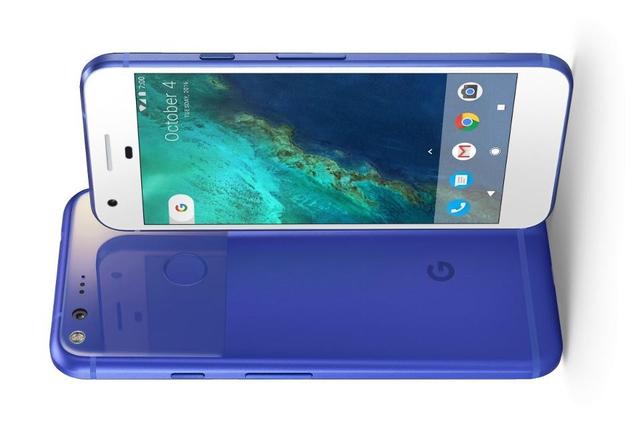Tencent Digital (Wen Xin) According to Forbes website, Pixel is Google's first mobile phone. Although it is manufactured by HTC, all aspects of hardware, software, and "from industrial design to user experience" are hands-on by Google.

Some people claim that Pixel simply re-used the design of the previous HTC phone, but one feature makes it significantly different from the previous mobile phone: a glass back shell called "hood".
Google said, "The back glass shell made an iconic element that makes Pixel very personal." Although an aesthetic feature helps Pixel stand out, this is not the only reason why Pixel uses a glass backshell. According to a Google spokesperson, "Glass Cover" also brings an unexpected benefit: better antenna performance.
"Forbes" said that only adding some glass in the back shell, Google can improve Pixel's ability to send and receive wireless signals. Gert Frølund Pederson, a professor at Aalborg University in Denmark, said, “It is still difficult to say whether Google has succeeded in improving Pixel’s ability to send and receive radio signals.â€
In a 2013 study of popular smartphones, Peterson found that mobile phones have been using all-metal housing for the past 10 years. For example, the recently introduced new models, Pixel and iPhone 7, both use aluminum alloy bodies. Although the aluminum alloy body makes the phone look cool, from the antenna point of view, this is "catastrophic" because the ability of the antenna to send and receive signals is greatly affected by the proximity of the conductive material.
The task of the antenna is to convert electrical energy into radio waves or to convert radio waves into electrical energy. The transmitter transmits the current oscillating at a specific frequency to the antenna. The antenna radiates energy in the form of radio waves (a type of electromagnetic radiation). After the antenna absorbs the energy of the radio waves, the receiver generates a current.
Antenna material
Any building material between the transmitter and receiver may interfere with radio signals. This is not a big problem for a single antenna (such as a cell phone network base station) because the conductive material is quite far from the antenna—the radio waves can easily penetrate buildings in the “wild fieldâ€.
However, in Near Field Communication (NFC), the conductor next to the antenna may cause a malfunction because energy loss occurs during the process of converting the radio wave into current or vice versa.
The material of the antenna is a conductive material such as metal, which loses energy due to the insulating effect of the surrounding material. Glass and plastic are good insulating materials. However, slightly conductive materials can cause "leakage" of the antenna current, resulting in energy loss.
Peterson said, "If pure glass is used, it has little effect on electromagnetic signals." However, modern glass is sometimes doped with conductive materials. "A very thin layer of metal in the glass will completely ruin the antenna." Some cell phone cases contain carbon or metal powder that can affect antenna performance.
Forbes is not yet sure if Pixel's “glass cover†material is pure glass, and it is not known whether it improves antenna performance until independently tested by scientists. The use of glass materials does not necessarily lead to better antenna performance - the way manufacturers design mobile phones is another important factor.
Peterson said, “If there is no metal around, the antenna performance will be better. This is certain. If there is no metal material around the antenna, the smaller antenna can achieve the same performance as the 'large' antenna.â€
Source: Forbes
